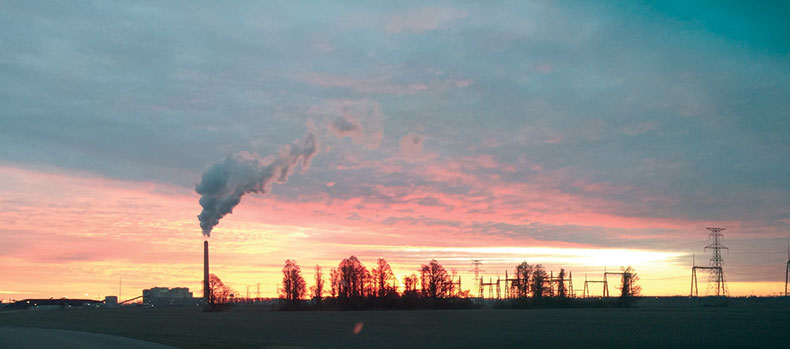You expect reliable and affordable electricity from your electric cooperative, so how does your co-op deliver on that promise?
A complex network of electricity generators and tens of thousands of miles of electrical lines work together to ensure that enough electricity is available on the coldest winter morning and during the dog days of summer.
What happens when the demand for power overwhelms the ability to provide it? That’s a particularly vexing question given the transition taking place in how electricity is produced and shared across this network.
The key to meeting the energy needs so essential to your quality of life is balancing electricity supply with demand. While that may sound simple, there is a complex web of facilities and organizations that work together to make it happen each day.
Regional transmission organizations coordinate, control and monitor the electric grid across several states in a region. Think of them as energy traffic managers on an interstate highway system, regulating the number of cars – in this case, electricity – and their destination.
Absent new large-scale alternatives and advances in energy storage, the stalwarts of today’s energy fleet—coal and nuclear energy facilities—must continue to operate in many regions.
Even so, on some days there is an imbalance in that system that leads to rolling power interruptions or blackouts—so-called “max-gen” events. In those cases, supply simply can’t keep up. In the Midcontinent region comprised of 15 states, there were six max-gen events from 2006-2016. Since 2016, there have been 15, including three last July and August alone.
Simply, that’s because power plants that generate electricity are being closed faster than new producers come online. In most cases, traditional large-scale power suppliers such as coal and nuclear plants are being closed and replaced by alternatives on a much smaller scale. And this gap is closing more quickly despite the development of new natural gas-fueled power plants.
As more electric utilities pursue zero- or low-carbon initiatives by 2035 and beyond, this challenge will grow more complex. So, what’s the answer?
Electric cooperatives and others in the energy sector will continue to develop renewable options and pursue new technologies. But absent new large-scale alternatives and advances in energy storage, the stalwarts of today’s energy fleet—coal and nuclear energy facilities—must continue to operate in many regions. In some, they remain the most cost-effective options for producing electricity.
A Diverse Energy Portfolio
South River EMC is commited to a low-cost, low-carbon power supply that includes renewable resources. Find out more about renewables from your cooperative.


